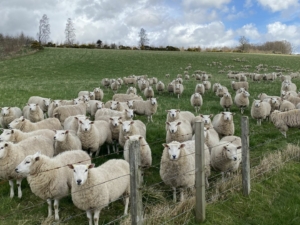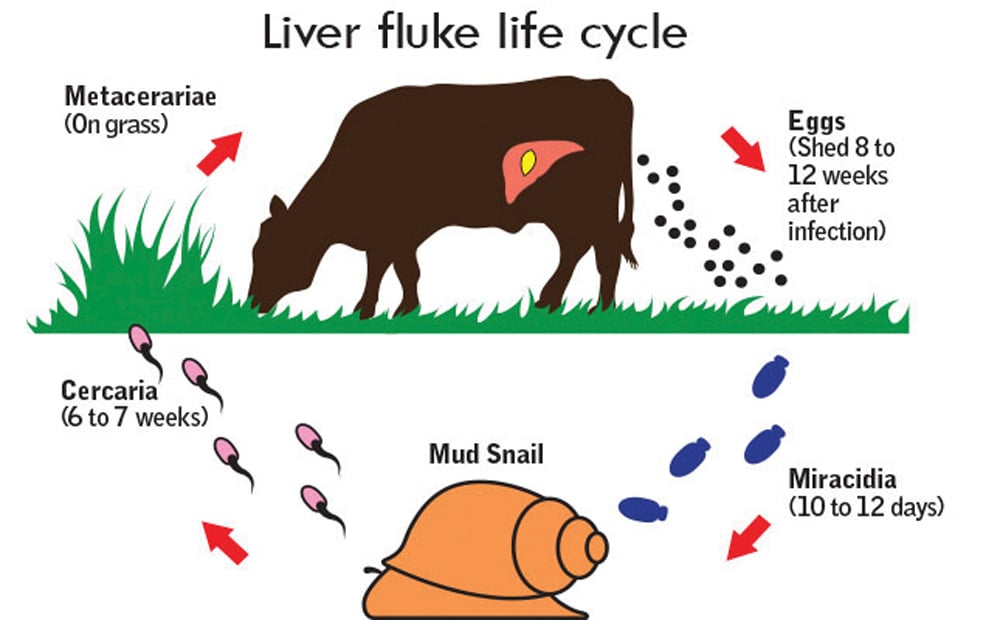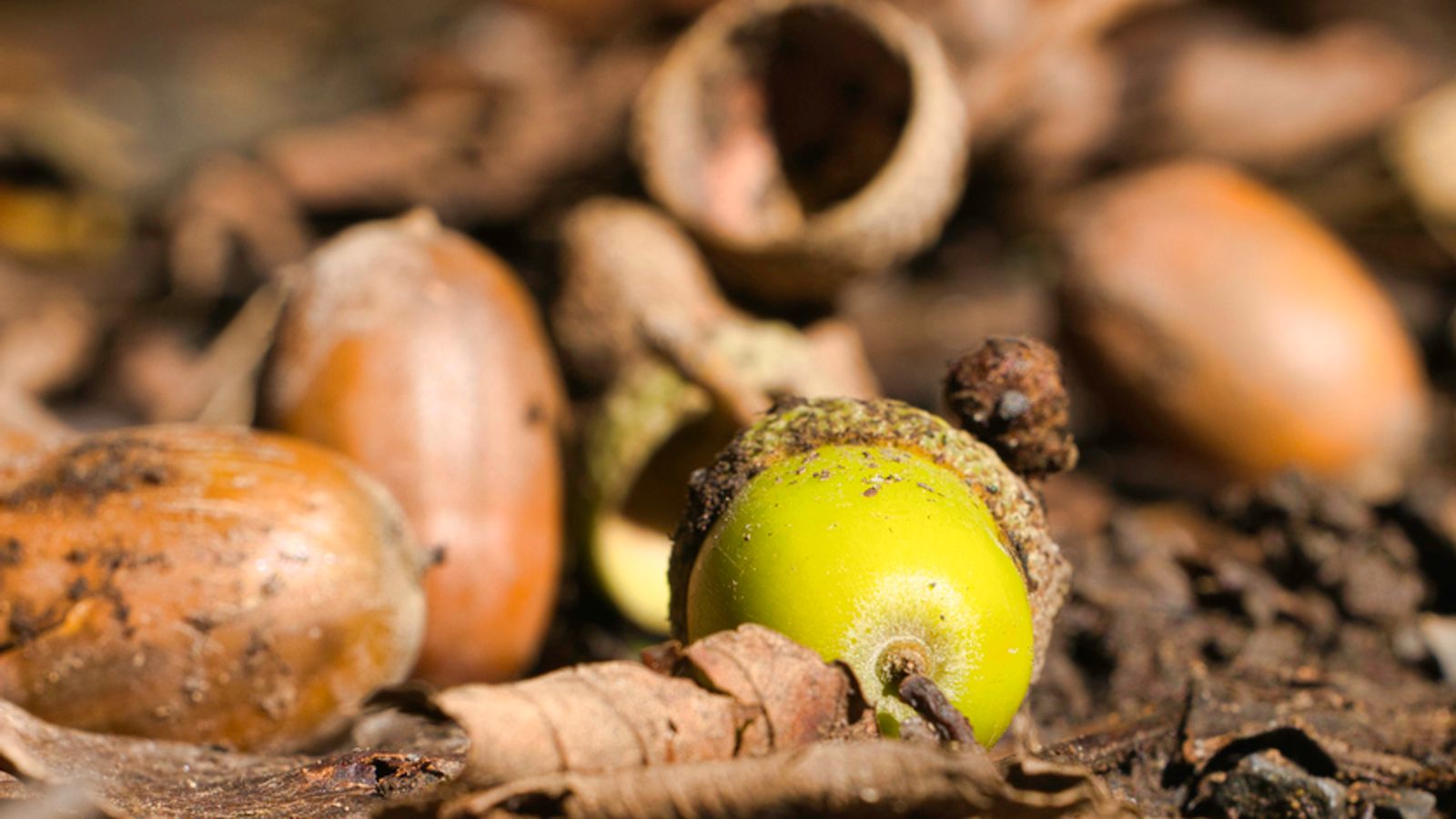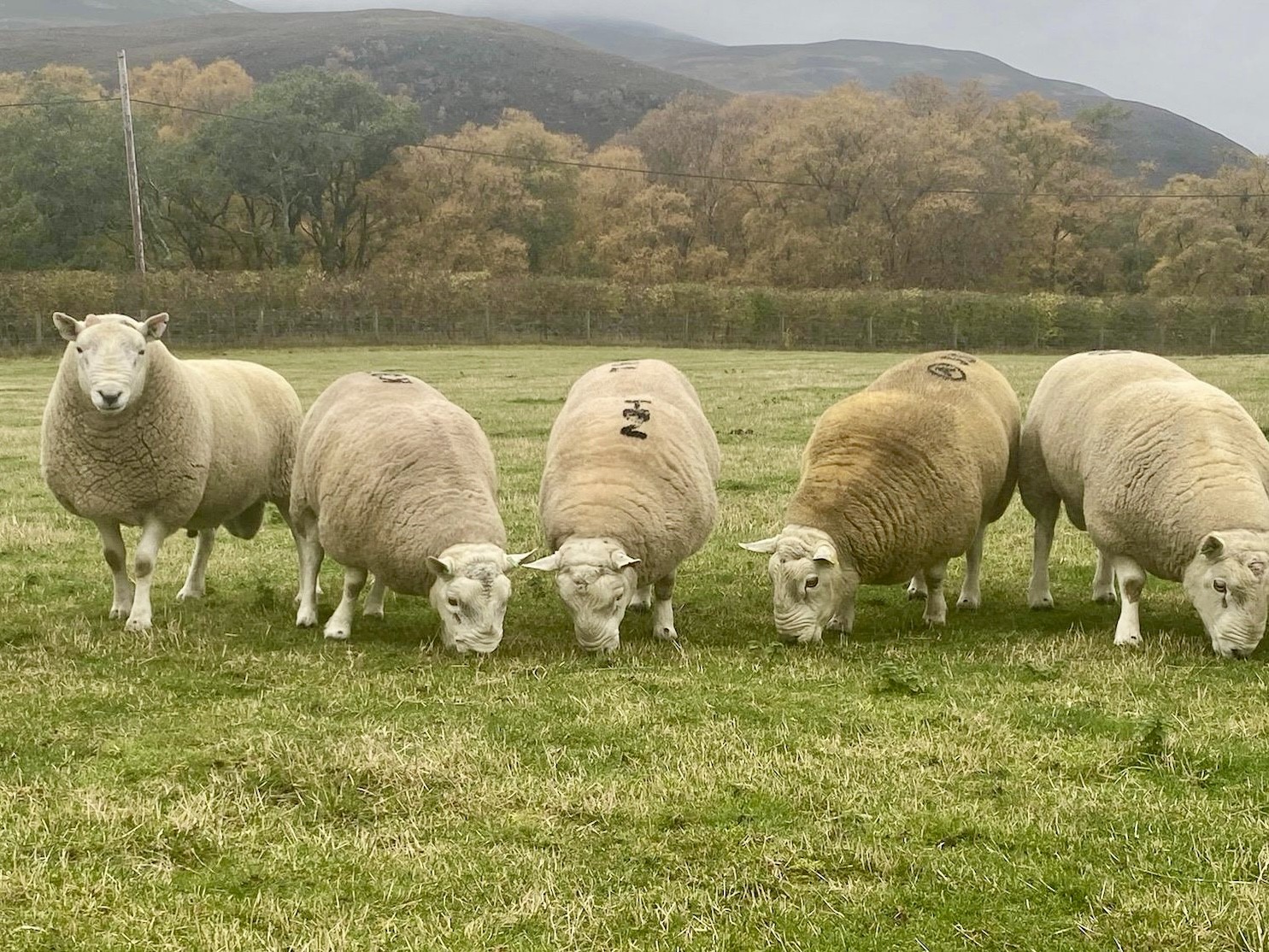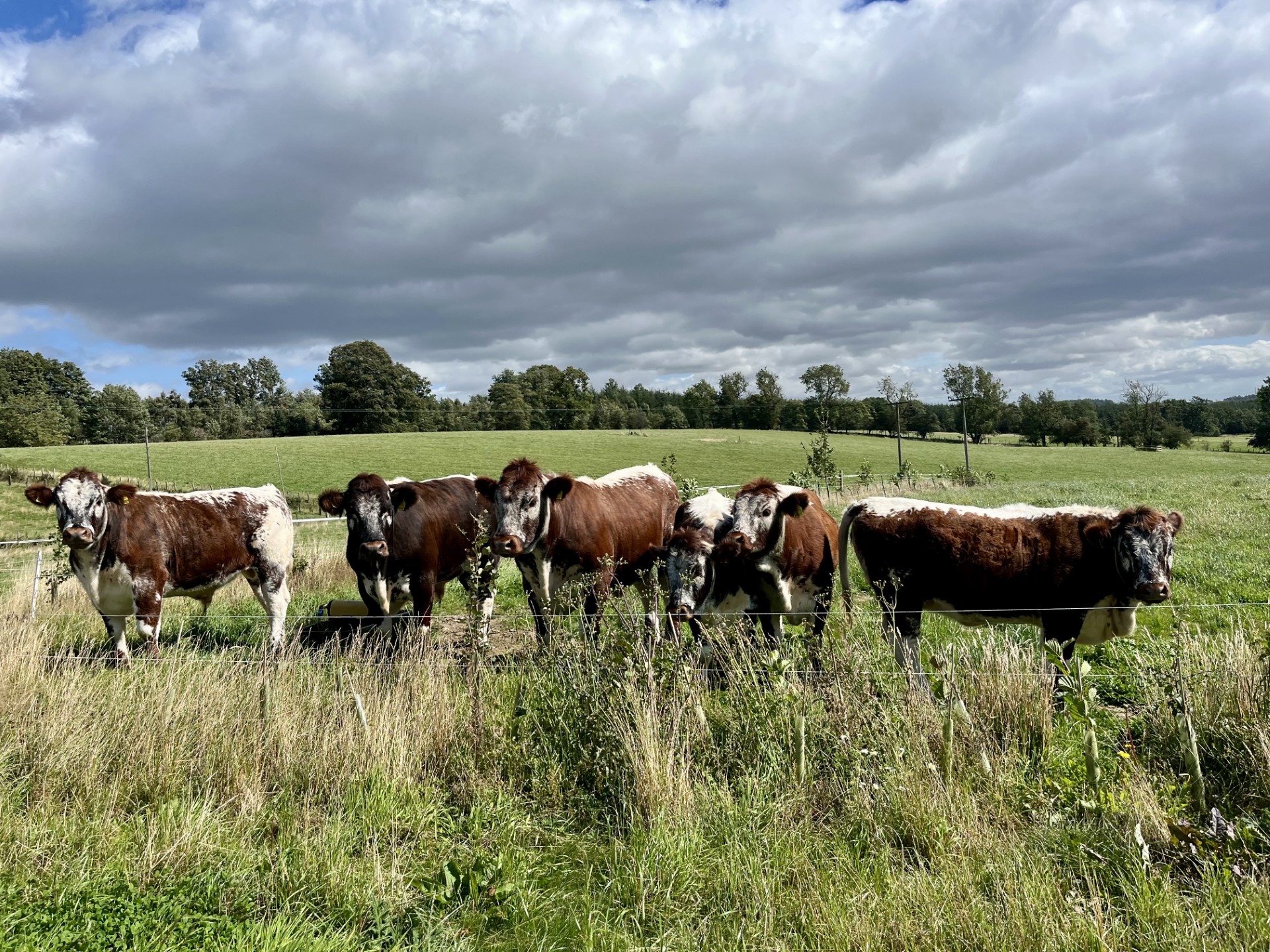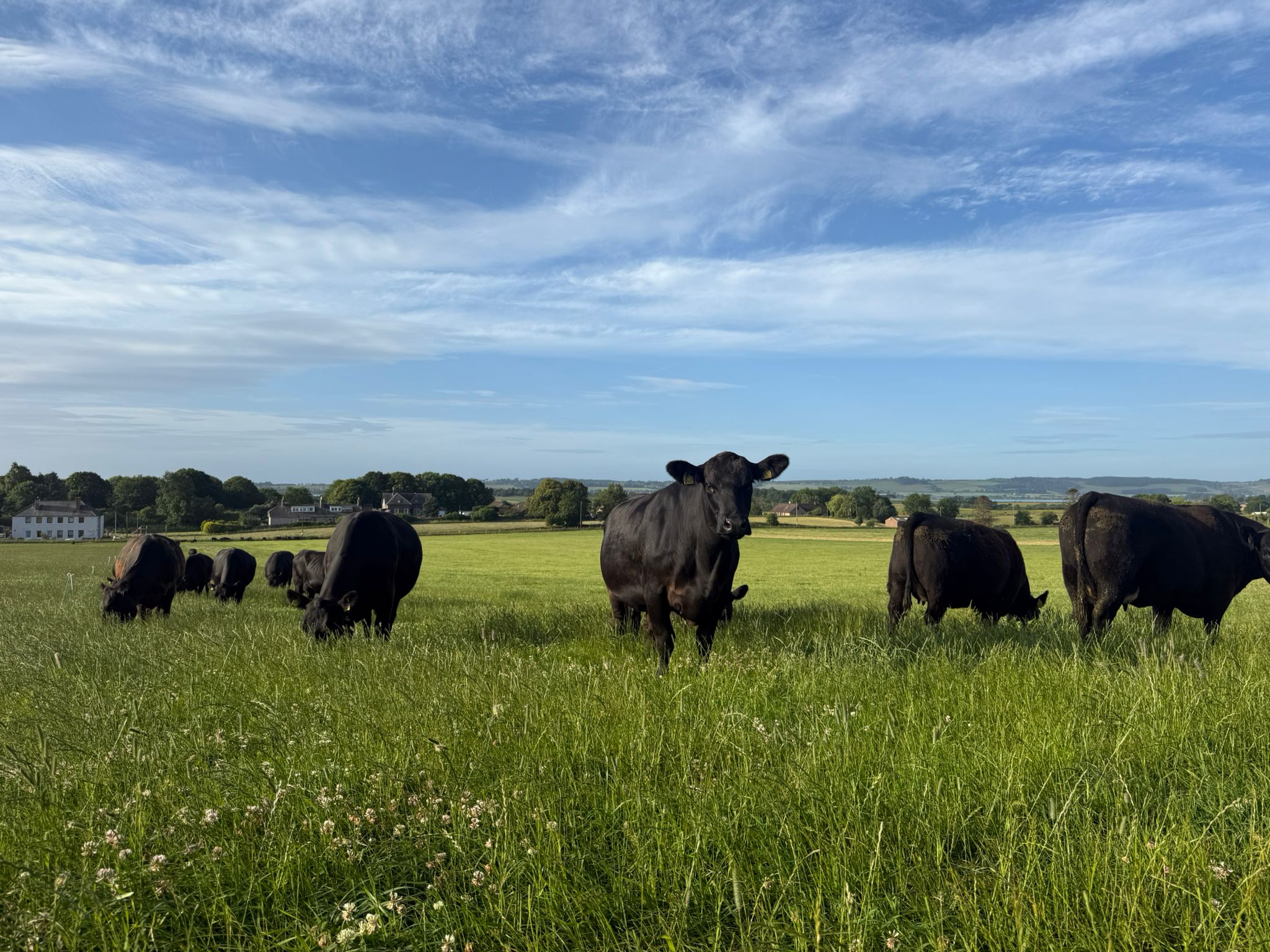Farm Newsletter February 2025
January has seen us getting stuck into the first lambings of the year, which is always quite exciting! On the cattle front we’ve seen a few more pneumonia outbreaks which is less exciting, vaccination remains absolutely key but a couple of recent outbreaks have occurred in vaccinated herds. On further investigation vaccination was done alongside another stressor such as housing, weaning or dehorning. Whilst it is possible to “get away with it”, to ensure maximum vaccine efficiency it is so important that it’s done in advance of housing and separate from any other stressor. Where outbreaks occur investigation is crucial to pin point where things have gone wrong and ensure no novel pathogens such as Mycoplasma have entered the herd.
Medicine supply continues to be sticky with certain antibiotics and vaccines. We are usually happy to order in advance and hold in stock for you, so please plan ahead and give us a call to ensure the best chance of getting what you need to protect your stock.
Many thanks to the 40 or so of you who managed to get to the meeting at Strathmore Golf Centre on Wednesday discussing two of the commoner problems we see on a day to day basis; scour caused by Cryptosporidium and pneumonia caused by Mycoplasma. There was some informed debate and it was re-assuring to know we now have some new options for preventing these conditions. As always if you would like to know more please give us a call to discuss.
With the main calving season for many just around the corner we hope not to see too much of you too often, but as a brief reminder if we do end up resorting to a caesarean then there’s a few things that will help contribute to a smooth and successful operation; at least two people to help, a clean operating area, a secure calving gate or crush with fulling opening sides, plenty of light and two very clean buckets with clean warm water will go a long way!
Metabolic Profiling Suckler Cows
Metabolic profiling is becoming an increasingly used tool in our armoury to prevent issues such as scours and slow calving syndrome, and help cows get back in calf in the 12 month window. This is now something that we’ve been doing for the past three seasons with an increasing number of herds adopting it as normal practice to ensure as smooth as possible calving and maximising the chances of cows getting back in calf. It would not be uncommon to carry out the test and find out everything is on track, but often we also turn up issues before they become a clinical problem and can put in place measures to turn the thing around.
We require a minimum of 6 cows per management group which are sampled 2-3 weeks prior to the onset of calving. If we have information on the ration available to submit at the same time the results are generally available within 2 working days. In many cases the results serve to give some reassurance that the cows are in good condition for calving but in others they can highlight an issue that can be addressed prior to calving. For any more information or to book in please call the surgery.
Last year published a blog article with more information about metabolic profiling suckler cows and a few interesting case examples we have dealt with, which you can read by clicking on the button below.
Schmallenberg Virus
Over the past couple of months we have now found Schmallenberg (SBV) on blood samples across the practice from Forfar, Blairgowrie and Perth, which is a concerning but not wholly unexpected development given the mild autumn we had, favouring midge survival.
SBVis a midge transmitted virus of cattle and sheep that will cause a transient fever, but in pregnant animals can cause reproductive failure, abortion and birth deformities.
Cattle keepers are by law required to report all abortions to their vet or animal health office for investigation. By law we only have to check for Brucella but in the current climate further investigation including that for Schmallenberg is strongly recommended.
If sheep scans are poor then SBV bloods should be considered and if birth deformities are seen in cattle or sheep then these should be investigated.
Whilst it does appear that SBV may be actively circulating up here, bringing in animals from further south where there is higher disease prevalence remains a risky move, as well as the risk of other things like BVD, Bluetongue and TB.
For more info on Schmallenberg click on the link below for a useful article.
https://ahdb.org.uk/knowledge-library/schmallenberg-virus-sbv
How was your sheep scan?
By now most flocks will have pregnancy scanned. Hopefully there will be no issues or disappointments but please do let us know if there is. Ideally barren rate should be 2% or less but anything over 4-5% should be cause for concern.
Where a poor scan has happened often the key to finding the cause is with the barren ewes, so don’t be in a rush to cash them until we’ve done any investigations.
As ever, the lab fees for both Toxoplasma and Enzootic abortion testing can be paid for by the pharmaceutical companies, significantly reducing the cost of any investigation, and as above Schmallenberg should strongly be considered in the list of potential causes this year.
Opportunity – Suckler Cow Fertility Study
We have an exciting opportunity for a small number of herds to be involved in a suckler cow fertility study. By partaking in the study it is hoped that you would be taking part in work that will improve the fertility in yours and other herds and in the process receive a significant amount of vet work paid for and advice from a nutritionist.
In brief we are looking for spring calving herds of at least 80-100 females. The cows would then be split into two roughly equal groups prior to bulling. The first group would have their bulls semen sampled and then cows managed as per normal for the herd. The second group would also have their bulls semen sampled and then could choose from one of two interventions. 1) Up to 20 late calving cows can be synchronsyed to break anoestrus prior to bulling, or, 2) supplementary feeding can be provided from 2 weeks prior to bulling up to 6 weeks into the bulling period.
Following the interventions the herd would be pregnancy scanned.
To partake in the study a certain amount of recording and reporting including calving details, pasture assesments and calving data would need to be reported in the second year following the interventions also.
In return however the herds would receive up to 4 bulls semen sampled FOC, up to 20 cows synchronised FOC, bulling period supplementary feeding FOC and £3/cow to contribute to scanning costs as well as support with body condition scoring and pasture analysis.
For more info and express an interest please contact Ed at the surgery, places are strictly limited to a very small number of herds so please do so ASAP.
Enzootic Abortion Catch Up
All sheep farmers will be aware of the disappointing issues we were all affected by with disruption to supply of Enzootic Abortion vaccination prior to the 2024 breeding season. We have received the encouraging news that a supply of vaccination will be available from the end of March this year.
We strongly advise that any replacements who were not vaccinated in 2024 receive a dose in 2025. Where we see outbreaks of EAE this can lead to a devastating loss of lambs and sky rocketing antibiotic usage. Due to the nature of the disease it is unlikely we would see much disease in the first year of a lapsed vaccination programme but could be significant in the second year.
With vaccine supply back on line from this spring, last years replacements could be vaccinated at any time post lambing. The ideal time to do this may well be when giving lambs their first Ovivac +/- worming dose. And incoming replacements can also be done at any time between then and one month pre-tupping.
To discuss vaccination requirements please give us a shout.
Synchronisation and AI
A brief reminder that we now offer our own artificial insemination service as you start to plan the 2025 breeding season. We offer the AI as part of a “one stop shop” synch and AI, three visit package, but are more than happy to facilitate traditional and bespoke synchronisation programmes also.
Synchronisation and AI has a number of advantages but getting >2/3 cows pregnant in the first turn and being able to use bulls of highly desirable genetic merit are the key advantages for many.

